Why Is My Flour Blue in the Water
Glaciers, Lakes
Glacial Flour: Nature's Magical Ingredient For Turquoise Lakes
Ever wondered how those pretty waters flanked by towering mountains get to be such unbelievable shades of turquoise?
Well, get cosy, and read on to learn all about glacial flour; the magical ingredient in one of mother nature's most perfect potions.
So, what is glacier flour?
Also known as rock flour or glacial silt, glacial flour is the sediment from ground up rock and gravel particles produced during glacial erosion.
For our fellow geology nerds out there, glacial flour's composition is made up of clay which is approximately 2-4 microns in diameter and silt which is around 4-65 microns in diameter.
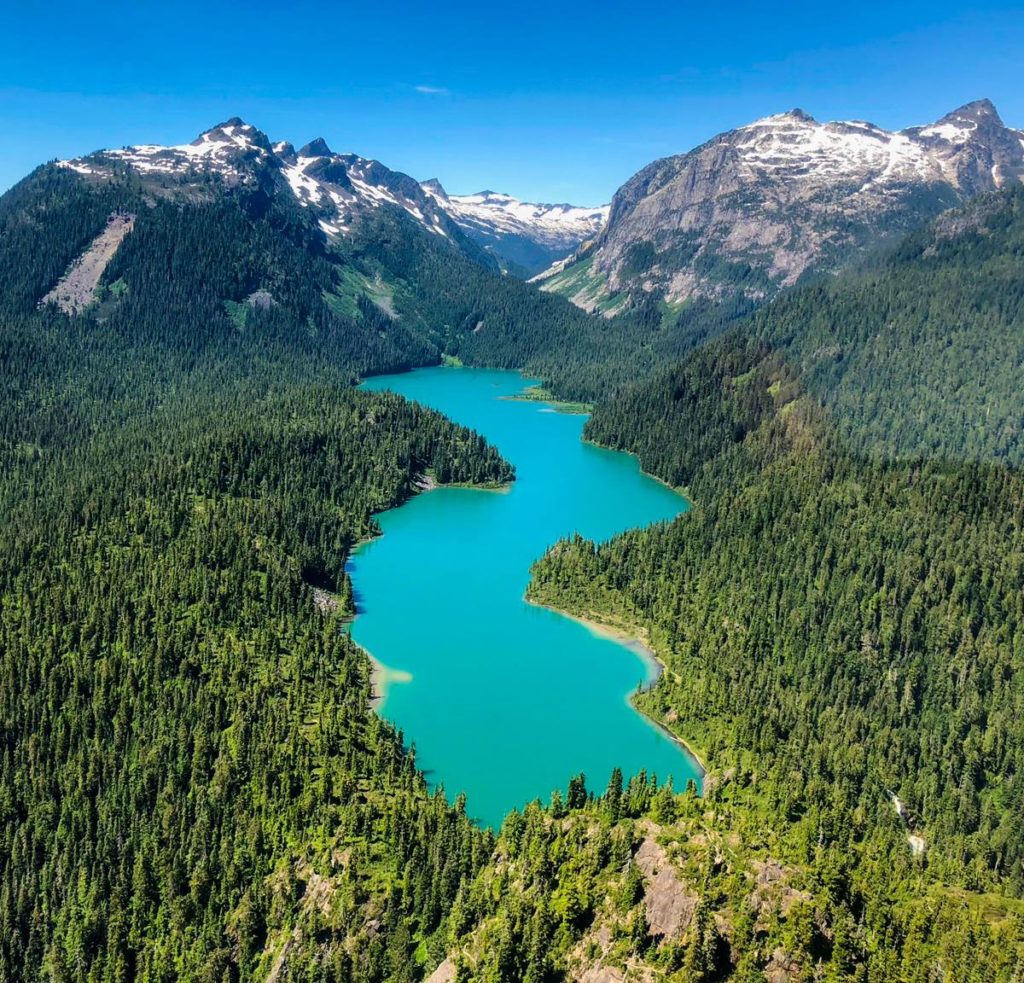
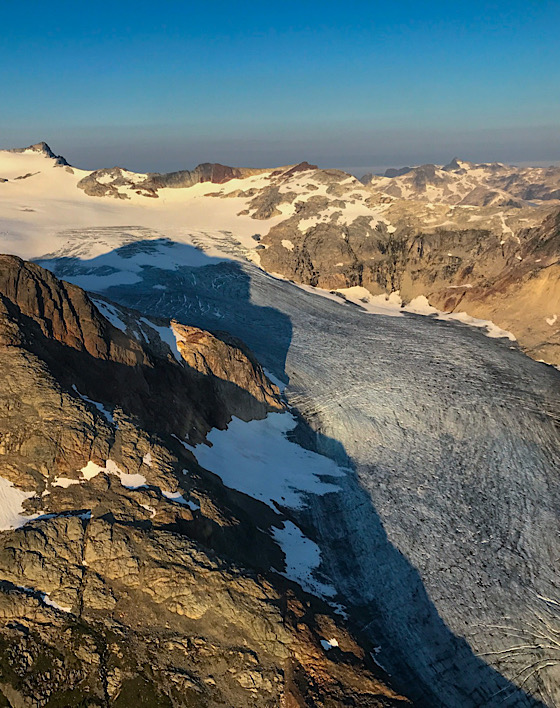
How glaciers move?
A glacier is defined as a slow-moving mass or 'river of ice'. This idea seems to defy logic given that solid matter doesn't flow like liquid, right? Wrong.
A glacier grows (and moves) when the accumulation of snow in the winter exceeds the snow melt in the summer, and snow piles up layer by layer each year. As more and more snowflakes pile on top of each other, they transform into smaller grains of snow all packed together. Their air pockets shrink resulting in the snow becoming denser, and within approximately two years it is transformed into what is known as 'firn'; crystallized snow that has not yet been compressed into ice. Many years later these layers of crystallized snow will become glacial ice.
Besides melting, long-term stresses and pressure on the glacier of bearing its own weight (force of gravity) can bend and deform the ice without actually breaking it. Kind of like how a metal worker can bend and shape cooling metal without snapping it.
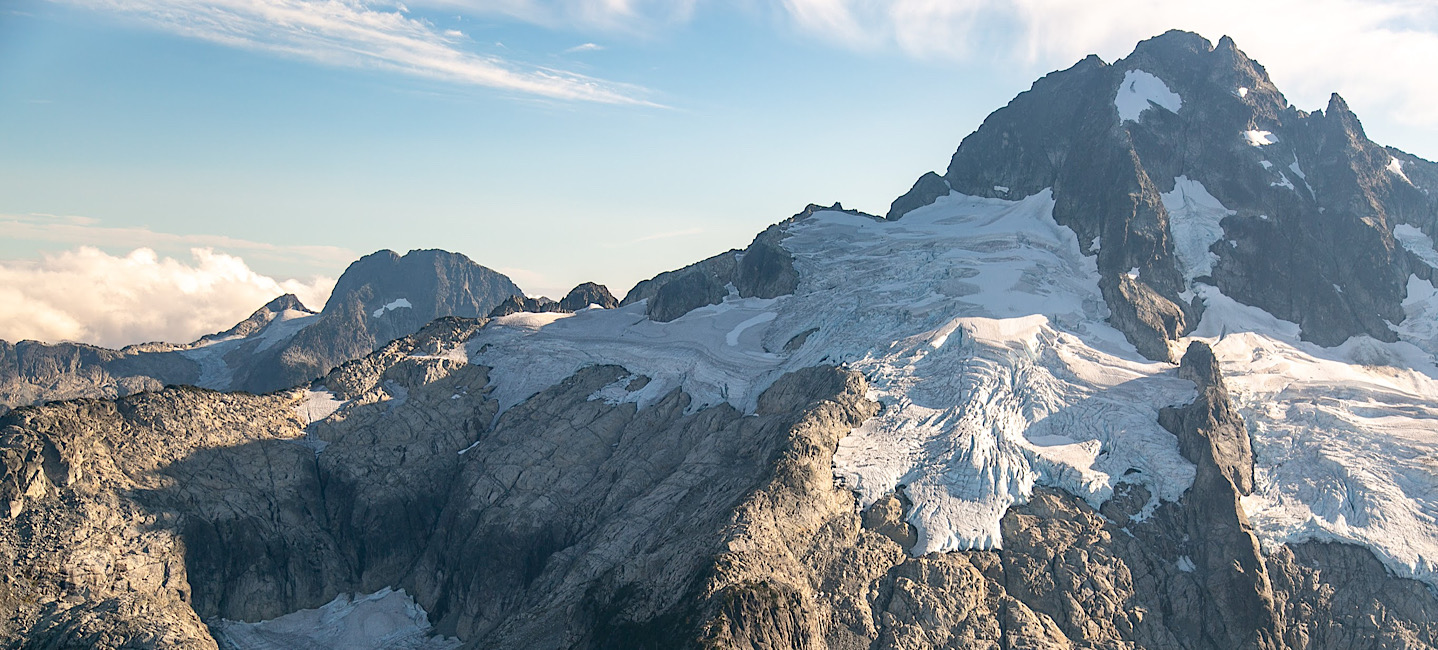
The deepest layer is exposed to the most pressure and this is called the 'zone of plastic flow'. As pressure increases the melting point decreases, and once the ice is below its melting point the molecular bond between ice crystals in this zone become malleable. When the moving ice approaches obstacles like boulders, the pressure increases allowing it to melt and then refreeze once it has moved over the other side. How cool is that?!
The upper layers, known as the 'brittle flow zone', are under less pressure and when the ice in this zone is stressed it is more likely to crack, creating gaps that open up and appear as crevasses.
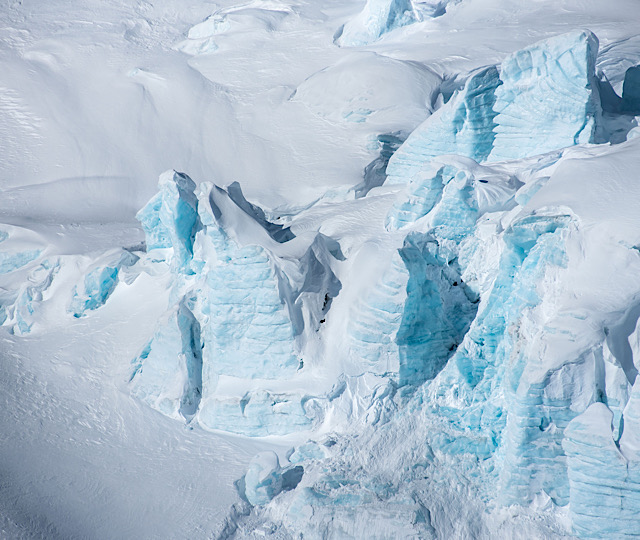
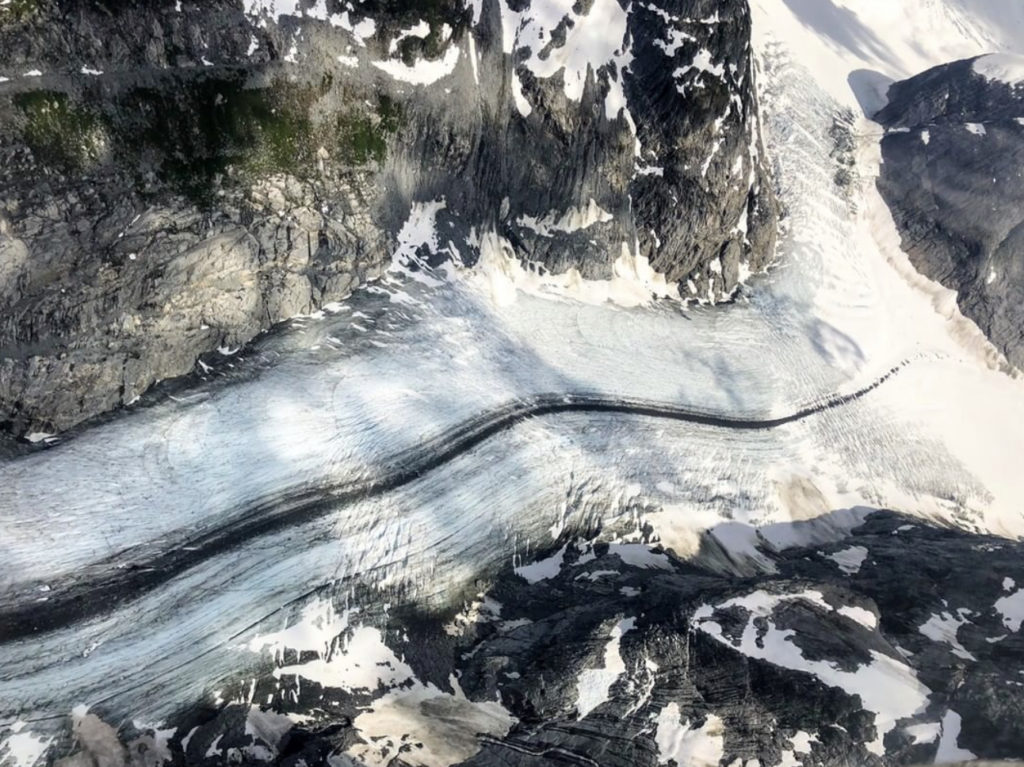
Why glaciers retreat (or grow)
If glacial ice mass melts away from the bottom (known as the glacier's terminal edge) faster than new mass is added up the top, then it is receding faster than it is growing.
This occurrence is known as glacial retreat, and it has been occurring ever since the end of the Little Ice Age in approximately 1850.
A glacier does not move uphill, it only moves downhill. However, factors such as climate change can cause the lowest point of the glacier to melt faster than new snow can be replaced at the top, resulting in it advancing downhill more slowly. Or even retreating. This explains why there is evidence of many glaciers covering less and less ground as the years go by, with some disappearing altogether.
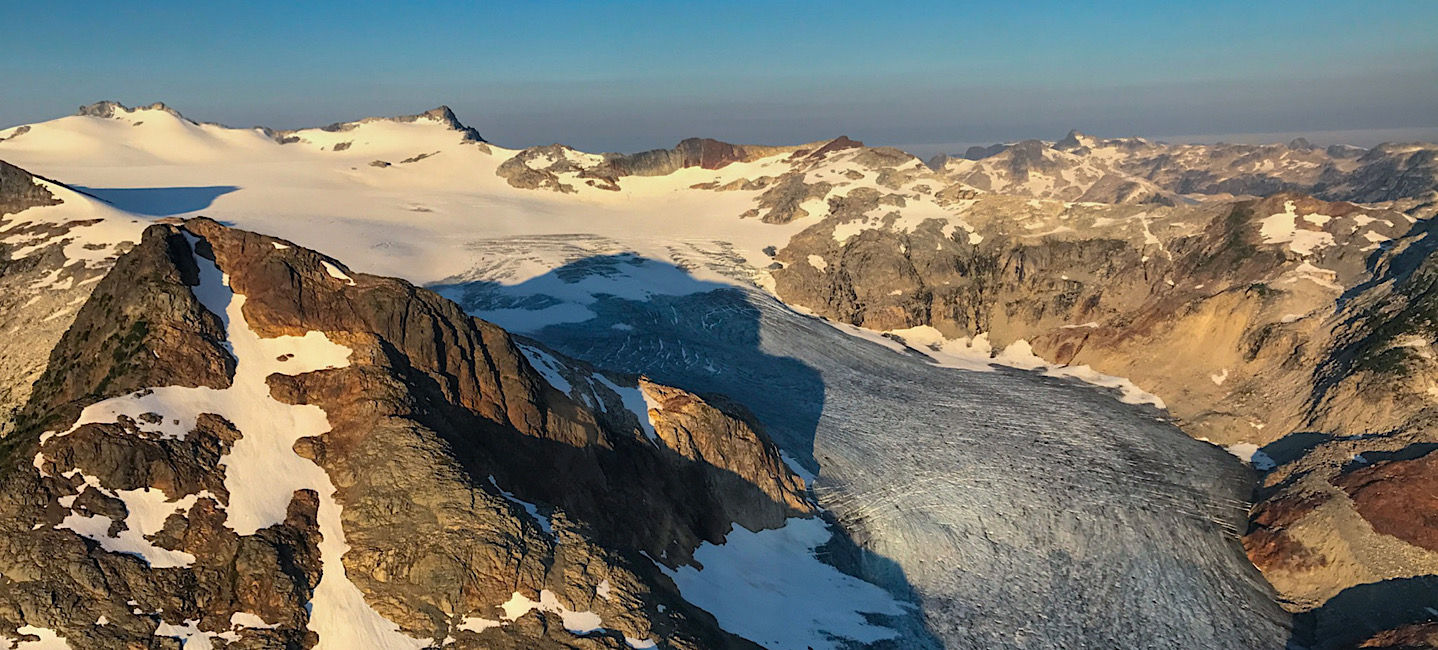
According to an article printed in National Geographic, the snow of Kilimanjaro has melted more than 80% since 1912, and since the Glacier National Park in Montana was created in 1910 its number of glaciers has decreased from 150 to fewer than 30. Of those 30, most have shrunk in area by two-thirds. It is a similar story in Canada, as reported in an article by CBC News, which quotes David Hik, ecology professor at Simon Fraser University, as saying "probably 80 per cent of the mountain glaciers in Alberta and B.C. will disappear in the next 50 years". He remarks that the Peyto Glacier in Banff National Park has lost about 70% of its mass in the last 50 years.
In British Columbia alone, levels of glacier melt have been described as "shocking", and in a recent CBC news article glacier researcher Matt Beedle said that the Castle Creek glacier is receding at a "rate of roughly 15 metres a year". At that pace the much of Western Canada's 25,000 square kilometres of ice fields won't last the century.
Glacier-fed lakes: how glacial flour causes the turquoise colour
During the warmer months, particularly in spring and summer, the glacial flour or rock flour produced through glacial erosion enters into the glacier's melt water stream along with various other debris. This melt water is deposited into the glacier's lake with its larger debris sinking to the bottom. Glacial flour, however, is suspended in the water column and is the reason for the cloudy or murky appearance of glacially fed waters.
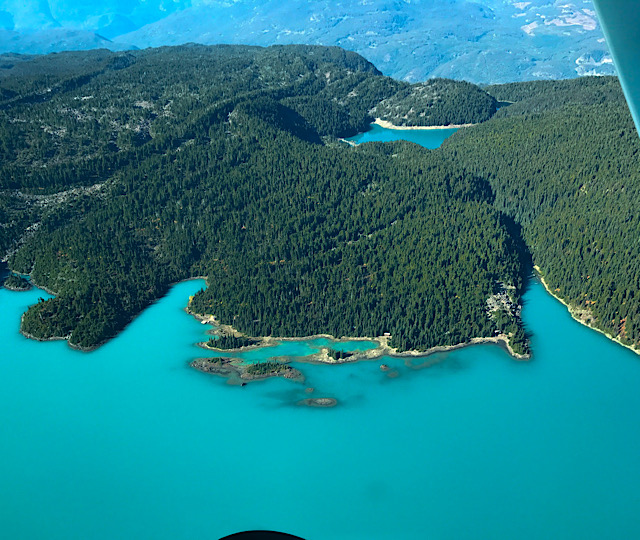
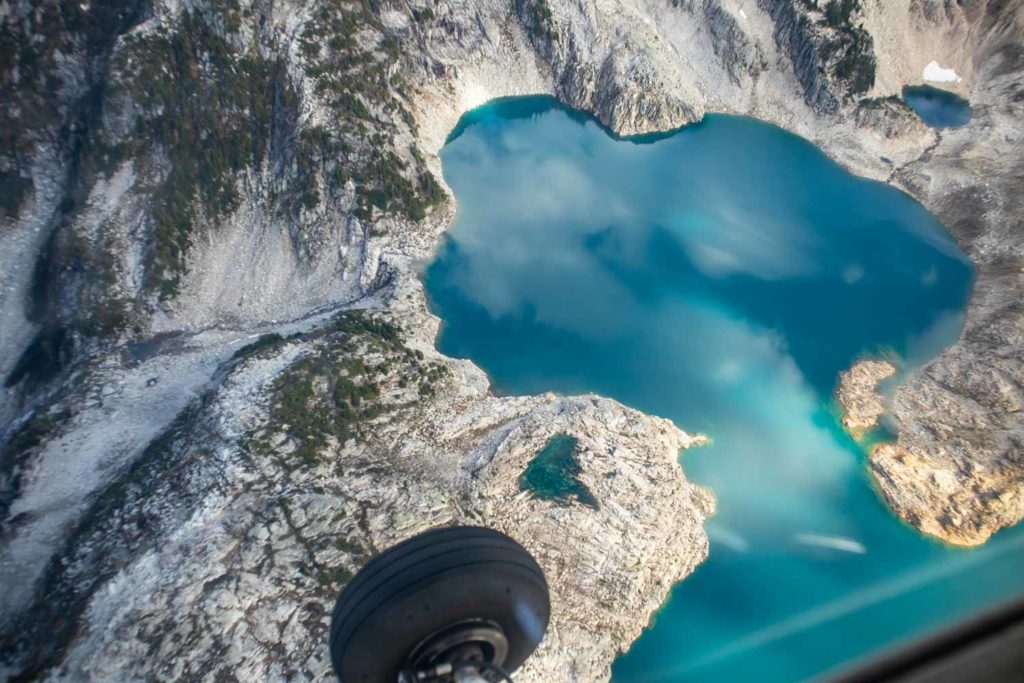
Glacial flour: fun facts
Clear water in the sea or non-glacial lakes absorbs longer wavelengths of visible light (yellow, orange and red) and strongly reflects shorter blue and blue-green wavelengths. Therefore, unless there is another pigment present near the surface of the water, like green algae or plankton, it will always appear blue or slightly blue-green.
In the case of glacially fed waters, the glacial flour that floats in the water's upper layers provides the ideal surface to reflect light back to our eyes, and makes the water appear both opaque and bright. Interestingly, the composition of glacial flour absorbs most of the blue light, and reflects some blue and green, as well as yellow, orange and red (but, as we know, these colours are absorbed by water itself).
With the elimination of the colours absorbed by both the glacial flour and the water itself, what is left is mostly green and some blue light reflected back off the glacial flour to our eyes. Voila, turquoise.
So glacial flour really is the magical ingredient in making those glacially fed waters that brilliant shade of turquoise. The more glacial flour present in the waters, the greener they will appear to our eyes!
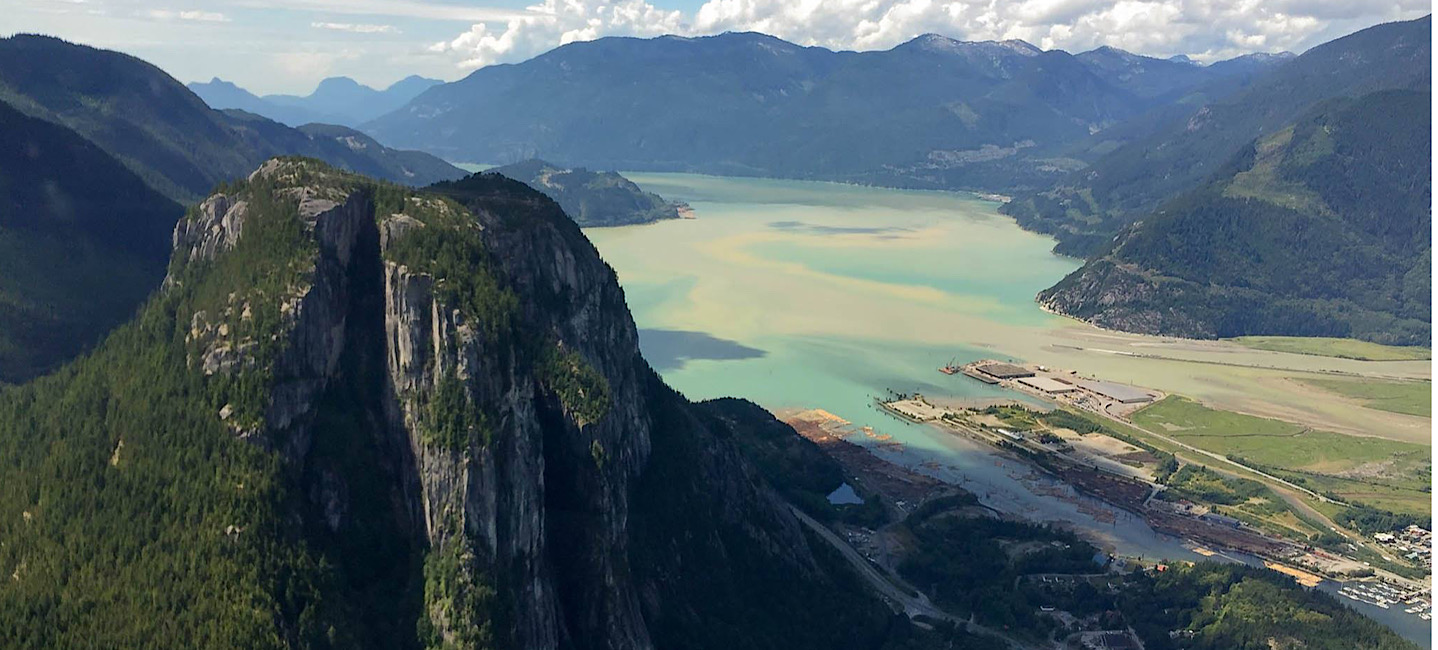
Glacier sightseeing from the air
Since the light reflected off the glacial or rock flour has a lot to do with the intensity of the colour of these lakes, the best way to view them is from up above.
Two of our most popular glacier-viewing flights (among both passengers and pilots alike) are the Prehistoric Glacier & Peaks and Whistler Backcountry Air Safari.
These flight give passengers the best seat in the house to view the iconic and strikingly beautiful Garibaldi Lake, Rumbling Glacier, Howe Sound, and Hanging Glacier, as well as past the other awe-inspiring sights of Squamish's coast mountains.
Explore More
This website uses cookies to improve your experience. We'll assume you're ok with this, but you can opt-out if you wish. Cookie settingsACCEPT
Source: https://www.seatoskyair.ca/lakes/glacial-flour-natures-magical-ingredient
0 Response to "Why Is My Flour Blue in the Water"
Post a Comment